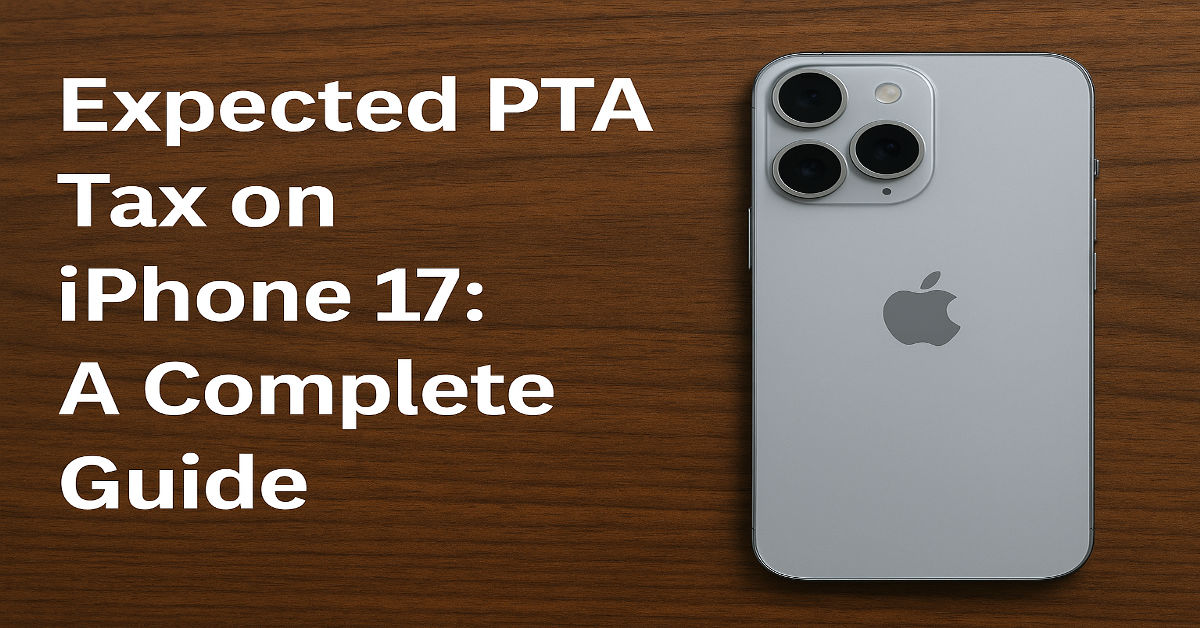
In the world of web browsing, Google Chrome stands out for its speed, reliability, and clean interface. But behind its simple design lies a hidden toolkit called Google Chrome Flags. These experimental features allow users to try out under development tools before they are officially launched. By enabling specific flags, users can enhance performance, test new designs, or enable special functions not available by default. While not recommended for all users, those familiar with browser settings can use them to unlock powerful tweaks. Understanding how they work is essential to tapping into Chrome’s full potential.
How to Access Chrome Flags
Accessing these experimental features is very simple and doesn’t require any plugins or downloads. All you have to do is type chrome://flags in the address bar and hit enter. This will lead you to a page filled with dozens of options, each with a short explanation. You can use the search bar at the top to quickly find specific settings. Once a feature is enabled or disabled, you’ll usually need to relaunch the browser for changes to take effect. Just remember, enabling the wrong combination might lead to crashes or instability.
Popular Chrome Flags for Everyday Users
For casual users, certain flags can significantly improve the browsing experience. Features like “Parallel Downloading” help speed up file downloads, while “Smooth Scrolling” makes webpage navigation more fluid. You can even enable a simplified reading mode for distraction free article viewing. These settings can transform your browsing in subtle but meaningful ways. While Google Chrome Flags are meant for testing, many of them are surprisingly stable. Still, it’s smart to test one flag at a time so you can monitor its effects and avoid confusion if something breaks.
Developer-Focused Chrome Flags
Web developers have a lot to gain from digging into these experimental settings. There are flags for testing HTTP/3, simulating slow connections, and showing extra debugging information in developer tools. These settings help developers test and optimize websites for a wide range of real-world conditions. It’s like having a lab built right into your browser. Flags that relate to CSS rendering or JavaScript behavior can also be useful for tracking browser compatibility. Using these tools gives developers early access to features that may soon become industry standards, giving them a head start.
Enhancing Privacy and Security
If privacy and security are your top concerns, these experimental settings have something for you too. Flags like “Secure DNS Lookups” or “Anonymize Local IPs Exposed by WebRTC” can add extra protection layers. These features allow privacy conscious users to explore cutting edge security tools that haven’t yet reached the mainstream. Although these aren’t substitutes for VPNs or security extensions, they can be a helpful addition. These tools give power users a way to boost browser privacy on their own terms ideal for those who want more control over their digital footprint.
Risks and Limitations of Chrome Flags
While Chrome Flags offer exciting potential, they also come with risks. Since these features are experimental, they’re not always stable and might be removed without notice. Some flags can cause performance issues, interfere with extensions, or even lead to browser crashes. Google includes a “Reset All to Default” button to help users undo changes if needed. It’s a good idea to document which flags you’ve enabled, so you can troubleshoot effectively if something goes wrong. If used carefully, these flags can greatly improve Chrome but it’s important to proceed with caution.
Flags for Students and Educators
Students and teachers can also benefit from using specific experimental settings to enhance productivity. For example, tab grouping and tab freezing features can help manage multiple resources more effectively. Enabling flags like forced dark mode can reduce eye strain, especially during long study sessions. Flags that improve search and highlight behaviour can also speed up research. By customizing Chrome to better fit academic needs, users can build a more efficient digital learning environment. With the right combination, these tools can become useful in both classroom and remote learning settings.
The Future of Chrome Flags
Many popular browser features today like tab groups and live captions started as experimental flags. This shows that these settings serve as a testing ground for future updates. Google uses feedback from users to determine which features to polish and roll out to the public. Keeping an eye on new and updated flags can give users an early preview of what’s coming next. Developers, tech bloggers, and curious users alike often monitor this page for insights. As long as Google continues to innovate, these experimental tools will remain a core part of that journey.
Conclusion
In summary, Google Chrome Flags provide a hidden world of features that can transform how you browse, work, and even learn online. Whether you’re looking to boost download speed, enhance security, or test developer tools, there’s likely a flag that can help. While these features are not guaranteed to be stable, they offer early access to cutting edge tools. Proceeding wisely and enabling flags one at a time will minimize risk and maximize benefits. For users who enjoy experimenting and want more control over their browser, Chrome Flags are an exciting path to explore.












































